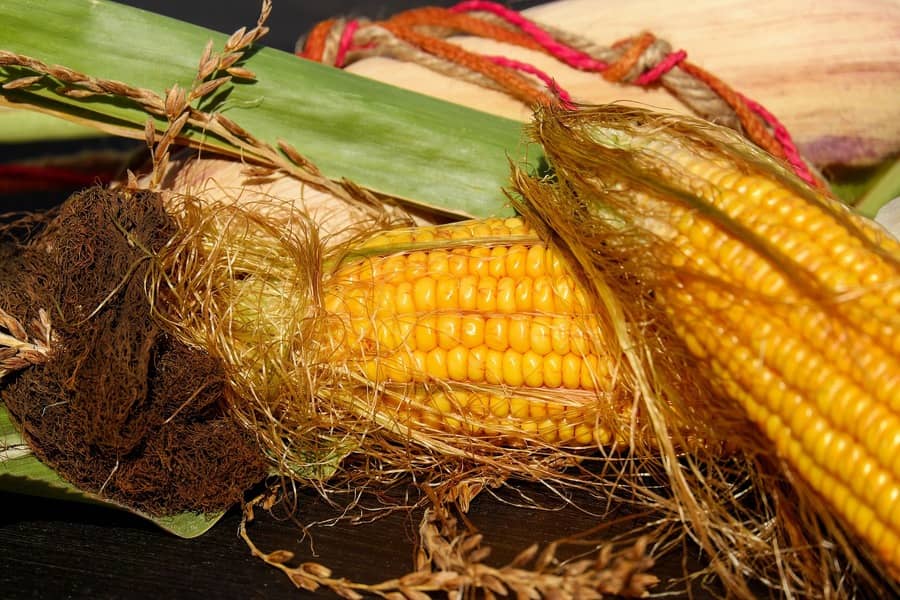Porto Alegre, March 2, 2022 – When markets start to deal with an anomaly and lose alignment with fundamental information, volatilities are intense and unreasonable, promoting a loss of reference for trends. The week was consistent in this environment. Russia’s invasion of Ukraine was confirmed and, in panic, markets priced in the risk. Sharp hikes in oil and wheat affecting corn and soybeans. Then, world leaders showed virtually no empathy in deploying their troops to defend Ukraine from the Russian invasion and began to publicize embargoes and sanctions that hit Russia in an environment that does not change the trajectory of the commodities market. Russia has not retaliated yet with proportionate sanctions.
This scenario reduced tensions in the commodities market, and prices were aggressively affected. After reaching the highest levels since 2012, an all-time high, wheat and soybeans reversed the bias and operated sharply lower at the close of the week, cutting the entire ‘Ukraine’ factor. Of course, the process is underway, it is not known how the new Ukrainian administration will deal with exports such as wheat, sunseed oil and corn, but we must understand that at some point this situation will return to normal, with new management. Therefore, production losses in South America and other factors such as the flow of US exports were indicators discarded in last week’s price formation. At the same time, the USDA annual forum released its baseline projections, with some views in line with market expectations, that is, the trend for a larger area for soybeans and a smaller one for corn. However, it exaggerated the projection for corn productivity in 2022.
Russia’s invasion of Ukraine had major impacts on markets over the week. The act of invasion is undoubtedly revolting today and demonstrates the inability of some countries to defend themselves against aggression from the dominant axis. This is the case of Ukraine, it could be the case of Taiwan and, why not, the case of the Amazon in the future. These are new political environments that markets need to adapt to.
In view of the conflict, markets have priced in the risks. The risks are in the energy and commodities framework. Russia and Ukraine are important players in oil, natural gas, fertilizers, wheat, corn and sunseed oil, among others. Why, the big risk is not concentrated in the pure invasion of a country like Ukraine, but in the trade flow in the Black Sea. If the United States and Europe felt like defending Ukrainian soil, as they had threatened, the flow of goods in the Black Sea ports could be paralyzed and last for a time that would affect global supplies. Moreover, a surge in the energy market could generate additional demand for corn (via ethanol) and soybeans (via biodiesel), besides global consequences in other segments.
The United States and Europe seem to have stopped the threats and limited themselves to actions. It seems to have been preferable to abandon the invaded country to its own fate, by losing access to the energy market, besides generating global chaos in the commodities environment. Sanctions and embargoes seem to change very little the economic and market context. It was what the West limited itself to defining as action against the invader, Russia.
With this decision by the West not to fight the invasion within Ukrainian territory, markets quickly dismantled the projected bullish bias in the face of the risk of a stoppage in the flow of trade in the Black Sea. Even oil retreated aggressively from the bullish movement. This means that if Russia does not fight back with sanctions that limit its sales in the energy and commodities environment, markets will resume normal work and focus on the fundamental picture.
The new situation involving Russia will be the subject of discussion at the next meetings of central banks. On the 16th, two important meetings will take place from the Brazilian point of view. The Fed and the Brazilian Central Bank have their routine monthly meetings, and the agenda, of course, is on the raise or not of interest rates. In a normal trajectory, the banks could define a beginning of interest rate hikes for the United States and some raise, perhaps by 0.5%, for Brazil.
Brazil’s Monetary Policy Committee (Copom) will meet on the 16th, after the Fed’s decision, to set interest rates. Even higher interest rates in Brazil could attract much more foreign capital, overvalue the currency, and help control prices in reals in the Brazilian domestic market. That is, high prices in dollars but cheaper in reals due to the exchange rate. This helps inflation but may be creating a currency ‘bomb’ for the second half of the year due to the election period. Depending on the framework of the electoral polls, all this volume of short-term capital that is now arriving in the country and helping to appreciate the real could take the opposite decision and have a traumatic effect on the Brazilian currency. Of course, this will depend on what the people tend to decide at the polls. Retrogression could be traumatic for the Brazilian economy, also from an institutional point of view.
Agência SAFRAS Latam
Copyright 2022 – Grupo CMA

